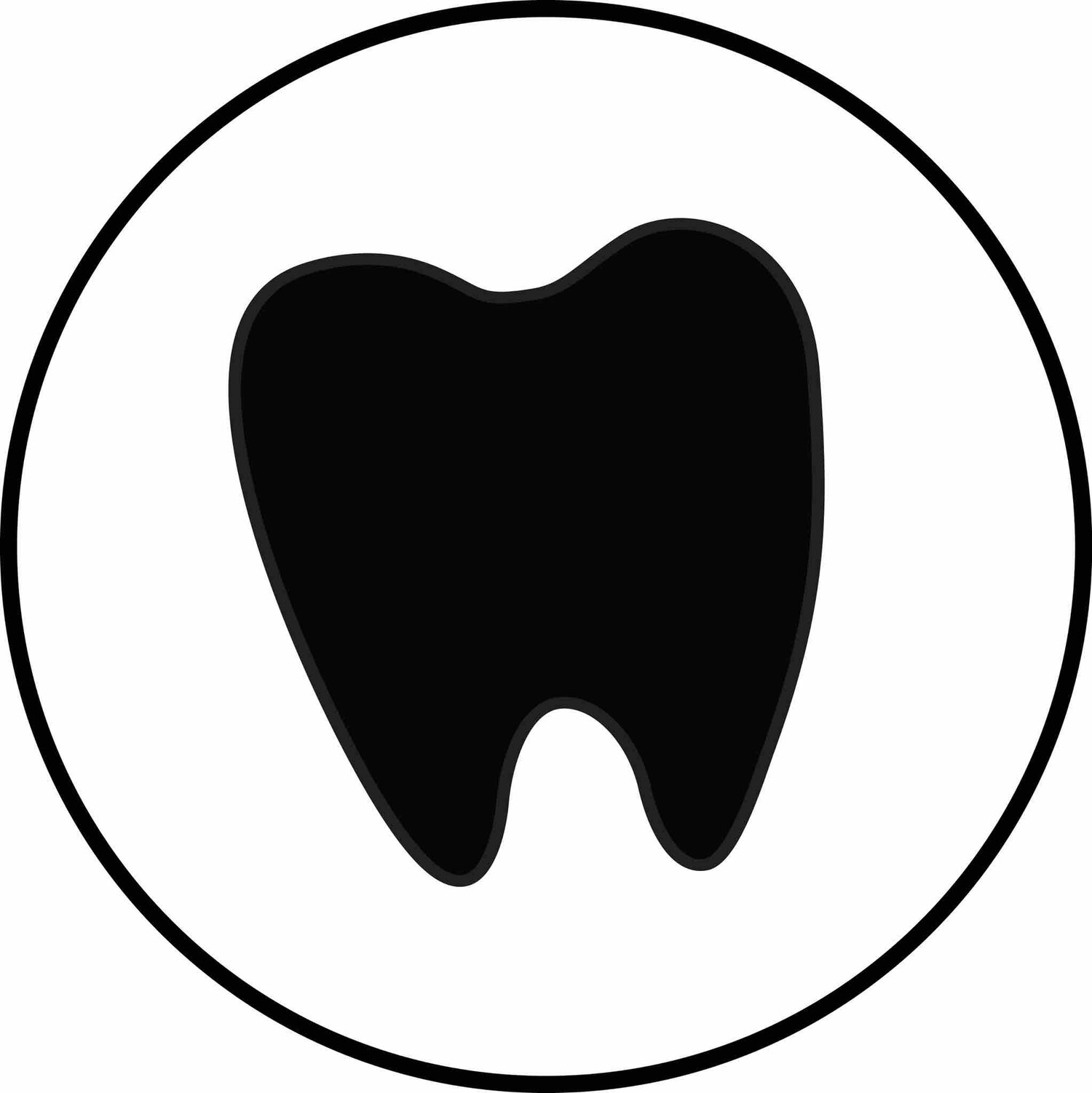Handheld Radiology Safety with Digidoc
When hand held radiograph units were introduced to the world, I’ll be the first to admit that I was a bit weary of them. We had been taught that we need to run into a completely separate room, stay behind a wall, and stay there until the radiation had been completed. Now, I’m supposed to stand in the room with the patient while holding the machine?! Definitely a tricky concept to change in my brain. However, as research has been published and these hand held devices, like the Digital Doc unit, are commonplace in dental offices all over the world, I have literally and figuratively gotten behind them. Even last week, I was in a different operatory than I normally work out of, and was asked to use the regular tube head. Making the switch back was tricky, and I honestly missed the hand held unit.
So, what is the difference between a wall mount and a handheld unit?
Design
Handheld Radiograph Unit: As the name says, a handheld radiograph unit is designed to be held by the dental professional during the exposure. It is smaller and more compact and offers greater portability and flexibility in positioning.
Tubehead Unit: A tubehead unit, on the other hand, is a stationary unit typically mounted on a wall or ceiling in a dental operatory. It consists of a tubehead housing that contains the X-ray tube and other necessary components. It is not portable and requires the patient to be positioned in front of the unit.
Beam Control:
Handheld Radiograph Unit: The handheld unit usually has a set range of exposure settings, which are pre-determined by the manufacturer. The operator activates the X-ray beam by pressing a button on the unit.
Tubehead Unit: The tubehead unit offers a wider range of exposure settings, allowing the dental professional to adjust the X-ray beam intensity, time, and other parameters based on the patient's needs. The controls, including the activation button, are typically located on the control panel of the unit outside of the opatory.
Positioning and Technique:
Handheld Radiograph Unit: With a handheld unit, you direct control over the positioning and angulation of the X-ray beam. They can move around the patient to obtain the desired angle and positioning for each radiograph, and the patient can move their body or head to get the proper angle. This is great for patients who have limited mobility or working in alternate settings.
Tubehead Unit: The tubehead unit requires the patient to be positioned in a specific location relative to the unit. The dental professional adjusts the position of the tubehead itself to align it with the desired anatomical area to be radiographed.
Both definitely have a place in dentistry and either will completely go away. We as professionals should know both methods to get the best images possible for our patients, with the minimal amount of retakes. That doesn't mean you might not have a preference on either method (I know I do), but knowing both will easily take you from one op to another and be able to expose the best possible radiographs.
A huge thank you to Digital Doc for supporting us at Hygiene Edge. To learn more about helpful tips on using a handheld unit, check out our latest video below.
Do you use a unit like this in your office?
xoxo, Melia

